How To Tell Poisonous Mushrooms Apart From Edible Ones?
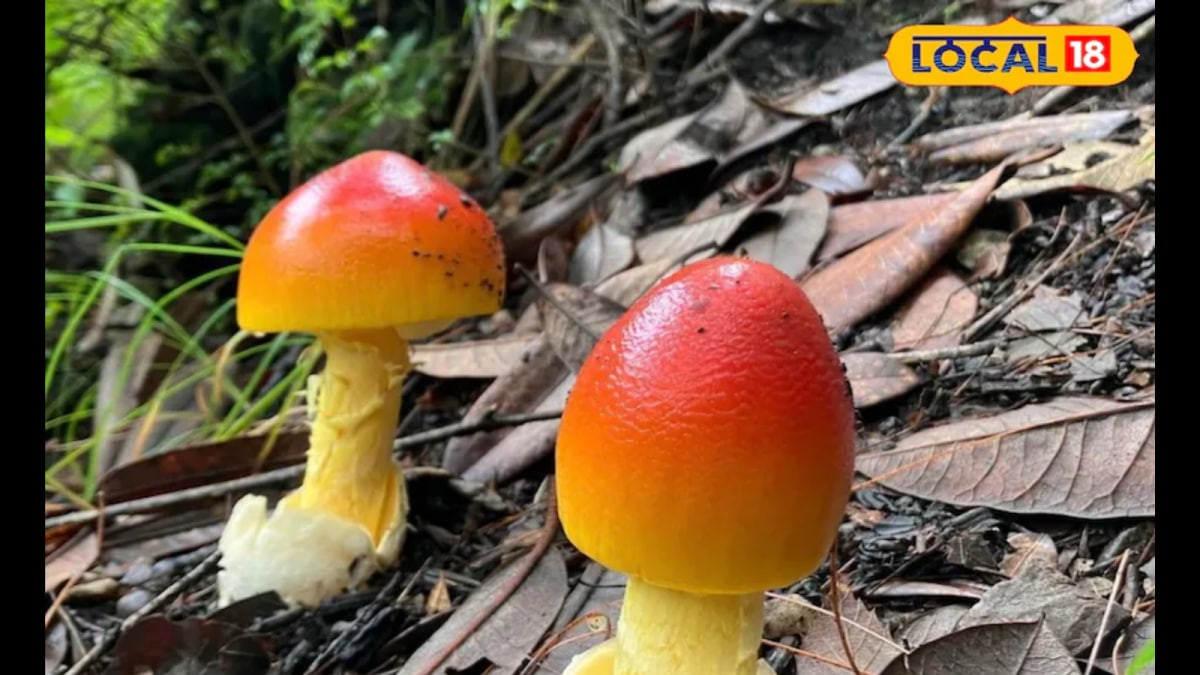
Many mushrooms found in the forests of Uttarakhand can be highly poisonous, especially those with bright red, white, or yellow colouring. If a mushroom has white gills under the cap and a thick, wrinkled stem, it should be avoided. Mushrooms with these characteristics may contain deadly toxins like amatoxin or muscarine, which can severely damage the liver and kidneys. Every year, several people in Bageshwar fall ill or even die due to incorrect mushroom identification. (News18 Hindi)
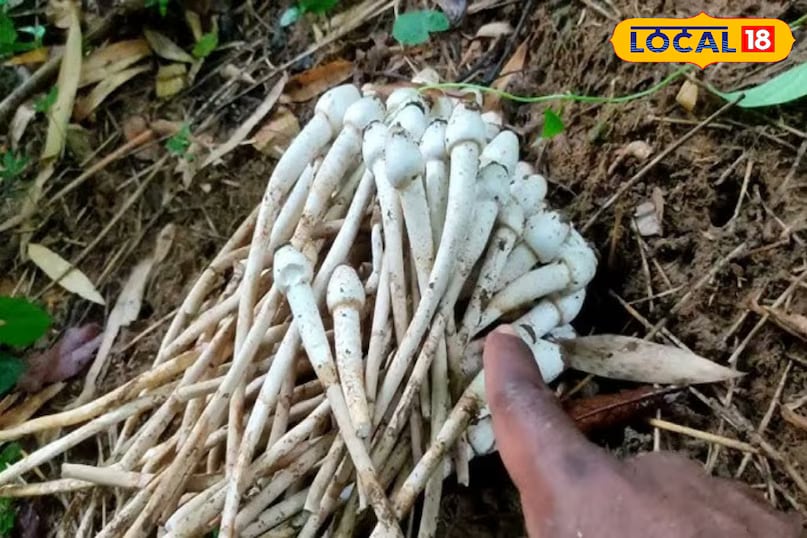
One safe and scientific method to identify mushrooms is the spore print test. To perform this, the cap of the mushroom is cut and placed face-down on white paper or glass. After a few hours, the mushroom releases its spores. If the spore print is white, the mushroom could belong to the Amanita species, which includes the deadly Death Cap Mushroom. This species is extremely poisonous, and its consumption can be fatal. With growing awareness, many rural communities have started using this method for safer identification. (News18 Hindi)
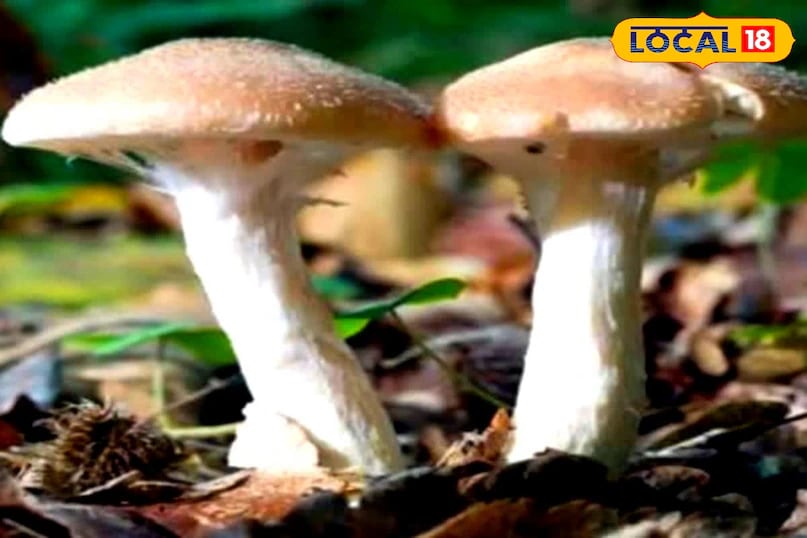
In addition to this, some experienced villagers in Bageshwar use basic chemical tests at home. By applying a drop of ammonia or potassium hydroxide (KOH) to the mushroom’s surface, they check for a sudden colour change (such as blue, green, or yellow), which may indicate toxicity. While this method isn’t foolproof, it helps with initial identification. Paying attention to the mushroom’s smell and juice can also provide useful clues. (News18 Hindi)
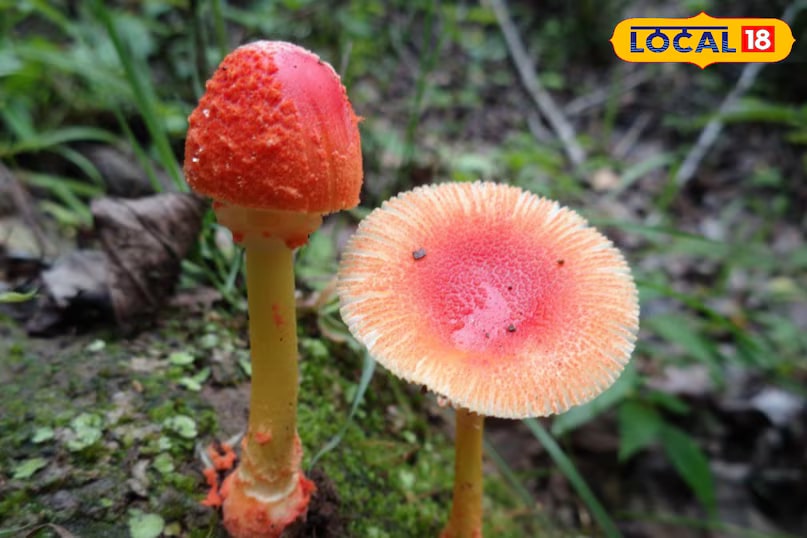
Folklore in Uttarakhand about mushrooms can be misleading. Sayings like “poisonous mushrooms are avoided by mongooses” or “camels don’t eat poisonous mushrooms” are not rooted in science and can be dangerous. Just because an animal avoids or consumes something doesn’t make it safe or unsafe for humans. Some toxic mushrooms look completely harmless, making scientific testing or expert guidance the only reliable ways to identify them. (News18 Hindi)
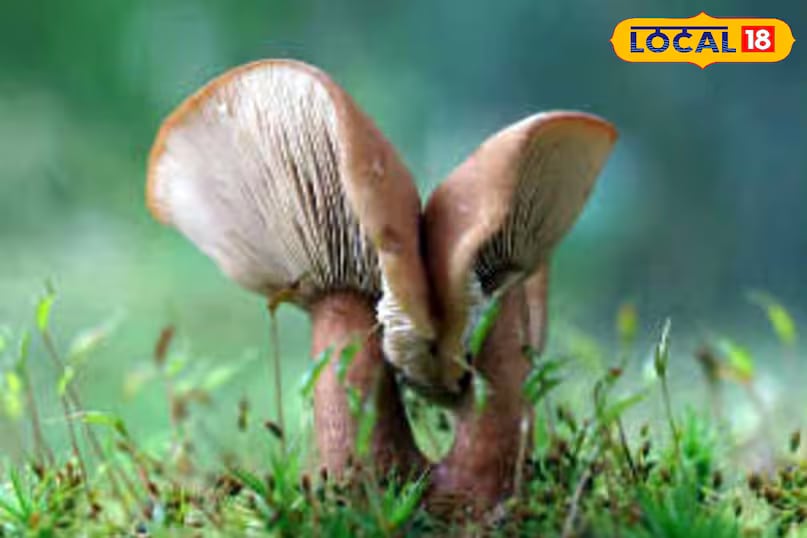
If you’re collecting mushrooms in the forests of Uttarakhand, always consult a knowledgeable local or a botany expert. In places like Bageshwar, several villagers have years of experience distinguishing between edible and toxic varieties. Never consume unknown mushrooms based solely on appearance. Children and elderly individuals should be especially cautious, as hospitals frequently report mushroom poisoning cases during the monsoon. (News18 Hindi)
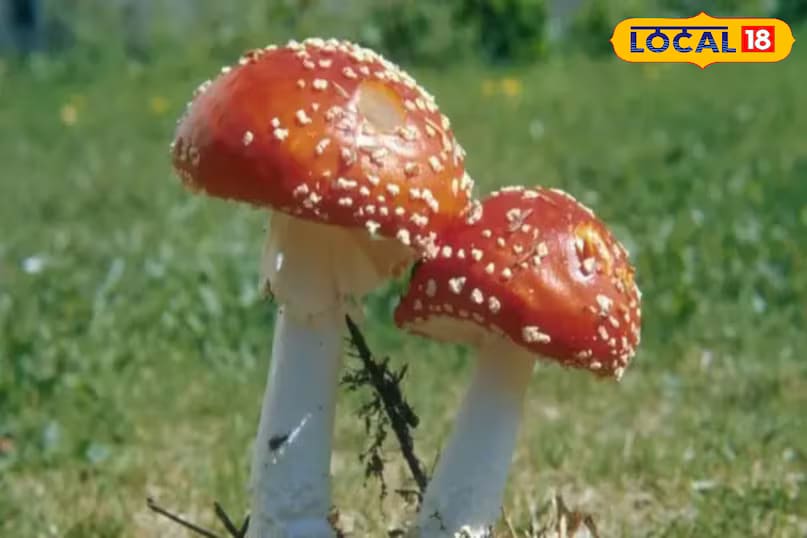
During the rainy season, mushrooms commonly grow in the forests of Bageshwar and surrounding areas. While some varieties are delicious, others can cause vomiting, diarrhoea, dizziness, liver failure, or even death. Always rely on clear identification, testing, and expert advice before consuming wild mushrooms. Even a small mistake can lead to fatal consequences, better safe than sorry. (News18 Hindi)
[title_words_as_hashtags




